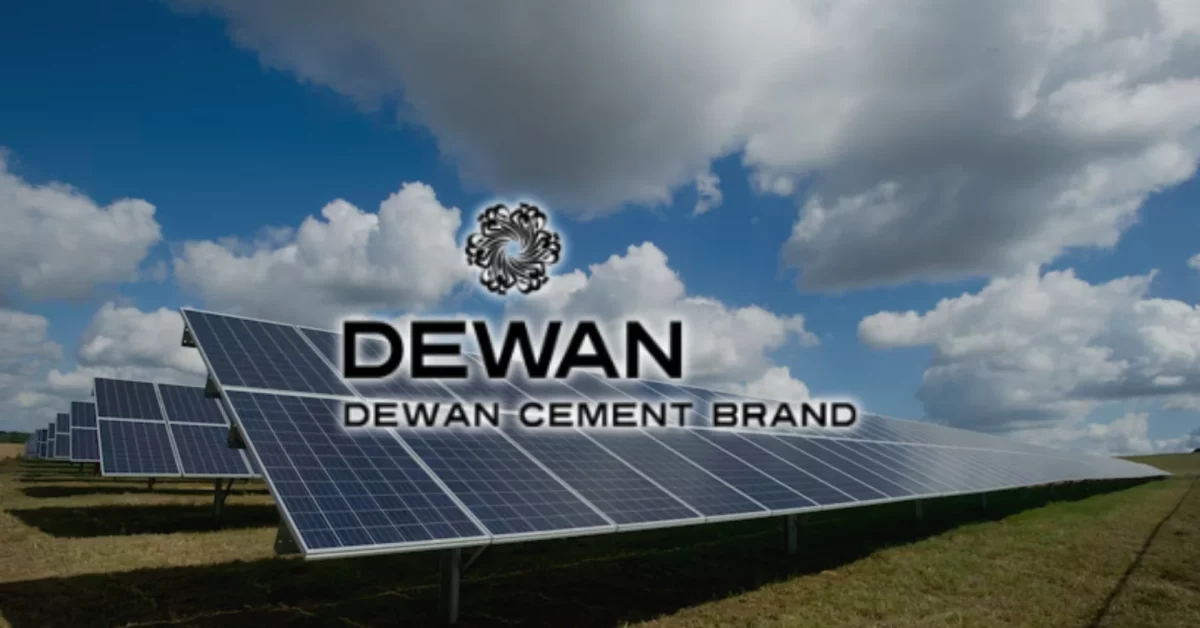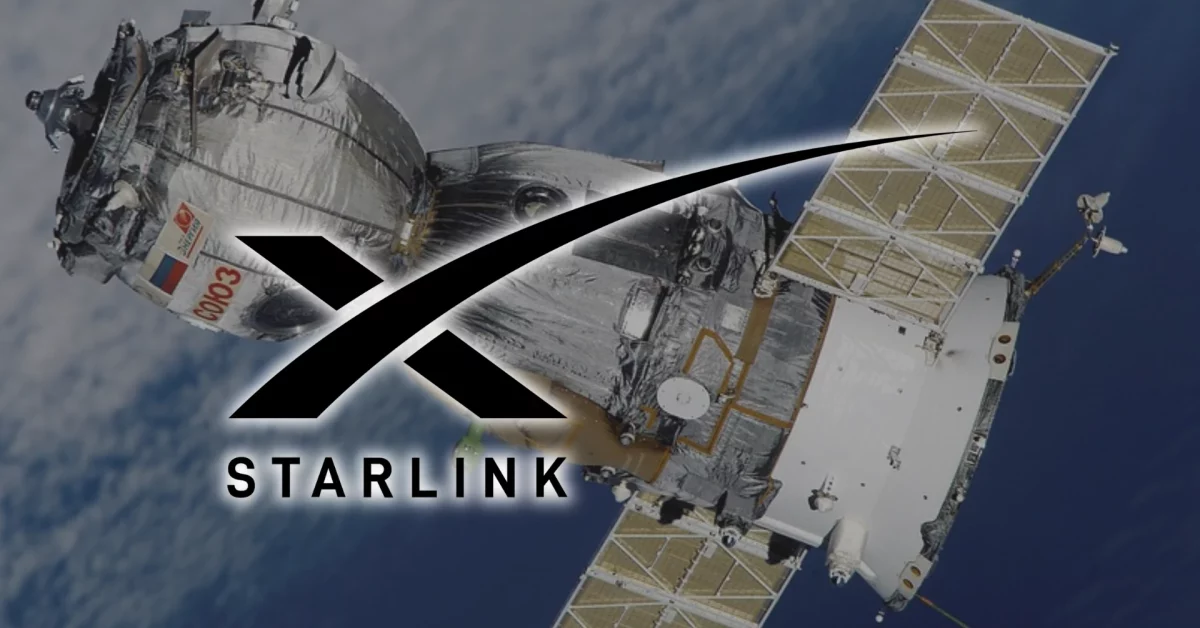
Top 5 Online Learning Applications
January 13, 2020
The Start-up Guide: Words of Wisdom
January 27, 2020Industry 4.0: The Future of Banking in a Digital Pakistan
Syed Asim Ali Bukhari is currently doing his Ph.D. in Green Banking from the Universiti Sains Malaysia (USM), Penang, Malaysia. He is a Senior Manager-Audit Division Bank Al-Habib Limited.
Industry 4.0 is the buzz word in all industries across the globe. As the world is entering the Industrial Revolution 4.0 or Industry 4.0, the boundaries of traditional industries are merging with virtual technologies such as cyber-physical systems, the Industrial Internet of Things (IIoT), and cloud computing technology. This industrial revolution is being termed as the “convergence of industrial production and information and communication technologies”. Having its roots in Germany, Industry 4.0 has overtaken several developed economies including China, Japan, Singapore, New Zealand, and Australia. The profound impact of the technological advances in this revolution has also been highlighted by the World Economic Forum. Industry 4.0 was one of the main agendas in the World Economic Forum’s annual meeting of 2019. It is being proposed that this revolution can play a major role in solving various global problems including environmental degradation and resource depletion.
Various examples of the existence of Industrial Revolution 4.0 can be seen in almost all industries. Whether it is the “Brain to Vehicle” technology, which reads the driver’s brain signals to make driving decisions in the automotive industry or the use of artificial intelligence and robots in the production processes of factories, all the industrial sectors are reaping the benefits of Industrial Revolution 4.0. The banking industry is also experiencing the effects of the Industrial Revolution 4.0. Experts predict that this Revolution will radically change the bank-customer relationship and will lead to the development of the “Bank of Things (BoT)”. It is based on the concept of ‘Internet of Things (IoT)’, which involves the “network of interrelated computing devices that connect and exchange data with one another via the Internet”.
BoT technology enables the bank to be in continuous contact with its customers through cyberspace and offer limitless services, such as automated guidance on investment, spending, savings, etc. based on the customer’s real-time financial data. Banks adopting Industry 4.0 technology are offering services such as online linkages between customer’s accounts and their smart cars, homes and other appliances. Customers will no longer need to use cash or cards for payment as BoT will enable automatic payment by customers through biometrics such as facial recognition. Biometric techniques are being used to authenticate customers at branches and ATMs so that customers do not have to carry cash or ATM/debit cards to identify themselves. Biometrics and voice services enable a customer to access his or her account or data from anywhere in the world in a secure manner.
Banks are offering customer wearable payment devices, called “Beacons” that are Bluetooth powered devices that can be attached securely to most wearable items such as watches, fitness bands or key rings. Bluetooth Beacon network is also being placed inside branches and ATMs to gauge customer behavior and in turn improve customer service standards. The world is moving towards cyberspace banking operating in cyberspace without any branches like South Africa’s Bank Zero. Banks are also using BoT to combat various modern-day threats such as money laundering. Industry 4.0 Technologies such as centralization of all the customer data in one place, interlinking various customer transaction data across different industries and securing the data using cryptographic techniques such as blockchain technology enhances Anti-Money laundering and improves bank’s productivity. Know-Your-Customer (KYC) data can be digitally gathered and verified improving bank’s data security and Anti-Money laundering compliance. The revolution is also encompassing the field of cryptocurrency as the Financial Action Task Force (FATF) is also introducing regulations for the cryptocurrency transactions to reduce the risk of money laundering.
Pakistan’s banking industry is at the initial stages of adopting Industry 4.0 as compared to the rest of the world. However, it is an important and pertinent milestone if the vision of a Digital Pakistan is to be realized. The State Bank of Pakistan (SBP) is planning to issue digital currency by the year 2025 and also working on implementing digital currency regulations for Anti-Money Laundering (AML) measures. Some banks have started offering one-touch digital banking solutions and mobile ATM and cash deposit machines. However, these are just the preliminary steps of Industry 4.0 adoption.
Industry 4.0 offers limitless innovation opportunities for the banking sector. It can play a role in enhancing customer experience, streamlining branch operations, reducing costs and customer queue time and increasing the productivity of employees. It can offer opportunities to enhance the country’s foreign reserves through technologically advanced business frontiers. Industry 4.0 can also positively impact the Green Banking adoption in Pakistan through reduced resource consumption and increased operational efficiency. Industry 4.0 can have both positive and negative impacts on society depending upon the purpose and pace of the adoption of new technologies. It will have profound impacts on the personal and professional lives of people living all over the world. For developing economies like Pakistan, Industry 4.0 can be a source of competitive advantage for organizations since the associated technologies have not been fully embraced. The government of Pakistan should positively facilitate the expedition of BoT adoption so that our Banking industry can step in the future since Industry 4.0 is the ‘Future of Banking’.







